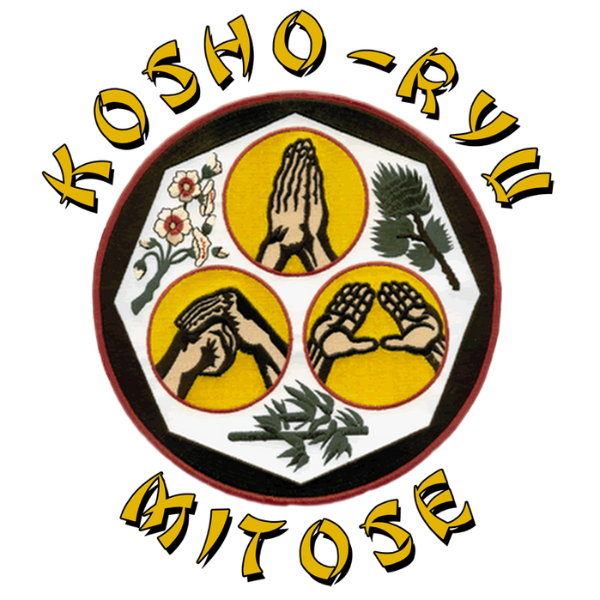Coat of Arms
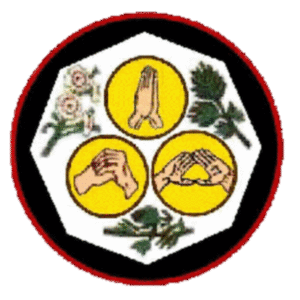
Let’s begin by explaining the meaning of Kosho Ryu Kenpo:
Ko = Old Sho = Pine Ryu = School or Family
The old pine tree was strong, tall, and majestic, loved by my ancestors above all other trees growing in the forest behind our house. It symbolized great strength and health; with good health, a person can be more useful to God, Buddha, and their fellow man.
Ken = Fist Po = Law
Thus, Kenpo means the law of the fist; law is the divine commandment or a revelation of God’s will. Therefore, Kenpo should be practiced according to God’s commandments and the law of man, and should never be taken into one’s own hands. First, any differences in opinion should be resolved through the appropriate authority, and only then, and only in defense of human rights, should the arts of Kenpo be used. If, in a case of self-defense, you are forced to strike someone, it is your duty to notify the nearest doctor and the police. It is your duty as a citizen and as a human being.
One must detest the wrongful actions of a criminal, but not the person who committed them. It is not about how bad a person may be; the person was God’s creation, and therefore, to harm or take a life is contrary to God’s commandments.
Daruma was the founder of Shorinji Ryu Kenpo, and this art was slightly altered by the author’s ancestors into a method appropriate for the Japanese people. After much meditation beneath the old pine tree, my first ancestor received the revelation of the secret of Kenpo, which he called Kosho-Ryu-Kenpo.
The circle represents complementarity, perfection, harmony, integrity, peace, and all that the circle contains is what we need to give substance to our lives.
Kosho Ryu Symbols
1. First Symbol — in Japanese, it is called Kigan
Its Spanish translation is: “Praying to God for help when someone attacks me.”
Its true meaning is: “I only desire peace and do not wish to fight anyone, therefore; God, please help me!”
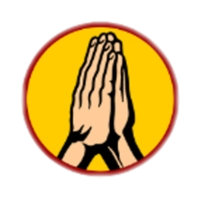
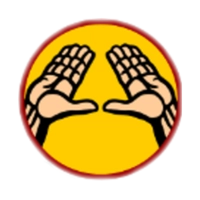
2. Second Symbol — in Japanese, it is called Kaishu
Its Spanish translation is: “Open hands.”
Its true meaning is: “I carry no weapons in my hands or in my heart. I have an open heart.”
Looking through the center space means: “Seeing only the good in others.”
The ‘shape of the hand’ symbolizes “The Mountain. My heart is like the mountain.”
This expresses the feeling one experiences when observing a tall and majestic mountain.
3. Third Symbol — in Japanese, it is called Hoken
Its Spanish translation is: “To cover or conceal the fist.”
Its true meaning is: “I do not wish to fight anyone.”
Likewise: “The fist is a treasure, so do not show it in public, keep it hidden in your pocket.”

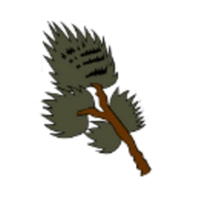
4. Fourth Symbol — in Japanese, it is called Matsuba
Its Spanish translation is: “Pine branch.”
Its true meaning is: “Evergreens live long, youthful, and healthy lives.”
In Japan, pine branches are used as decorations during Christmas and New Year.
A Kosho Ryu student should treat every day as New Year’s Day, from beginning to end, filled with love, joy, and happiness.
5. Fifth Symbol — in Japanese, it is called Take
Its Spanish translation is: “Bamboo.”
Its true meaning is: “An honest man.”
I am not malevolent, because when bamboo is cut, it is hollow inside.
It symbolizes a sincere spirit, honesty, formality, purity, and love for others.
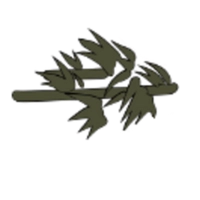
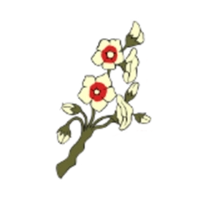
6. Sixth Symbol — in Japanese, it is called Baika
Its Spanish translation is: “Plum blossom.”
Its true meaning is: “The Japanese plum blossom represents beauty, nobility, and courage.”
This is because the plum tree begins to bloom while snow is still on the ground.
Japanese people deeply enjoy the plum’s fruit, especially when they are sick.
A Kosho Ryu student should be like the plum blossom, elevated in thought, beautiful in spirit, patient, and loved by others, like the plum’s fruit.
Meaning of Kanji
KO — SHO — RYU — KEN — PO
Kosho Ryu Kenpo is an ancient discipline that blends spiritual philosophy, self-defense, and inner balance. Its name comes from the Japanese terms:
KO – [old] SHO – [pine] RYU – [school] {old pine school}
KEN – [fist] PO – [law] {law of the fist}
The Octagon
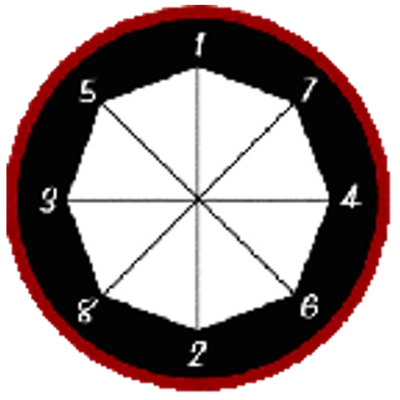
The Octagon is perhaps the most important aspect of the Mon in the study of the physical arts.
First representation
The octagonal path of Buddhism:
- Right Speech
- Right Understanding
- Right Livelihood
- Right Effort
- Right Meditation
- Right Action
- Right Intention
- Right Knowledge
Second representation
Mon Gaku — the study of the crest.
Third representation
Hakkakkei Densho Gaku — the ethical study of the Octagon.
Mon Gaku
The eight categories of the Octagon — Energy Cultivation, Healing Arts, Japanese Yoga, Escaping Arts, Philosophy, Bending Arts, Meditation, and Martial Arts — are the foundations of Kosho Ryu study. Within each category, the practitioner finds endless exploration.
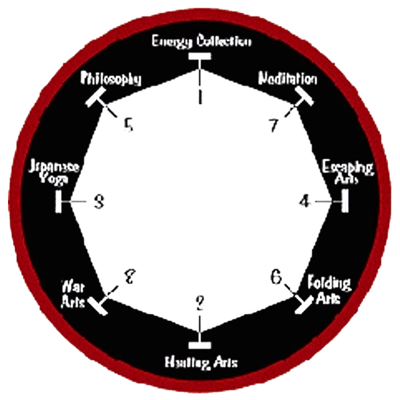
The Eight Angles of the Octagon
Angle 1: Energy Cultivation
Covers breathwork, posture, visualization, and the projection of energy through kata, kumite, and bunkai.
Angle 2: Healing Arts
Includes the five elements theory, anatomy, psychology, body systems, shiatsu, nutrition, herbal studies, posture, and energy projection through kata, kumite, and bunkai.
Angle 3: Japanese Yoga
A conditioning system designed specifically for Kosho Ryu practice. It includes breathing, posture, visualization, and energy projection through kata, kumite, and bunkai.
Angle 4: Escaping Arts
Focuses on breath control, movement triangulation, natural motion, jump patterns, spatial angles, visual and auditory reflex training, opponent intent reading, metabolism studies, kata, kumite, and bunkai.
Angle 5: Philosophy
Involves the study of the Mon, culture, history, physical and spiritual awareness, self-study, kata, kumite, and bunkai.
Angle 6: Bending Arts
Includes throwing techniques, floor techniques, opponent softening methods, posture, anatomy, movement destabilization, kyo and jitsu, kata, kumite, and bunkai.
Angle 7: Meditation
Involves shodo (Japanese calligraphy), ikebana (flower arrangement), iaido (sword-drawing to shape mind and spirit), philosophical study, energy cultivation, history, kata, kumite, and bunkai.
Angle 8: Martial Arts
Encompasses strategy, stances, distances, angles, long-range combat, kenjutsu, iaijutsu, naginatajutsu, sojutsu, bojutsu, jojutsu, tantojutsu (knife arts), natural movement, vital point striking, muscle hits, bone breaking, nerve strikes, internal strikes, breathing, and energy projection through kata, kumite, and bunkai.
